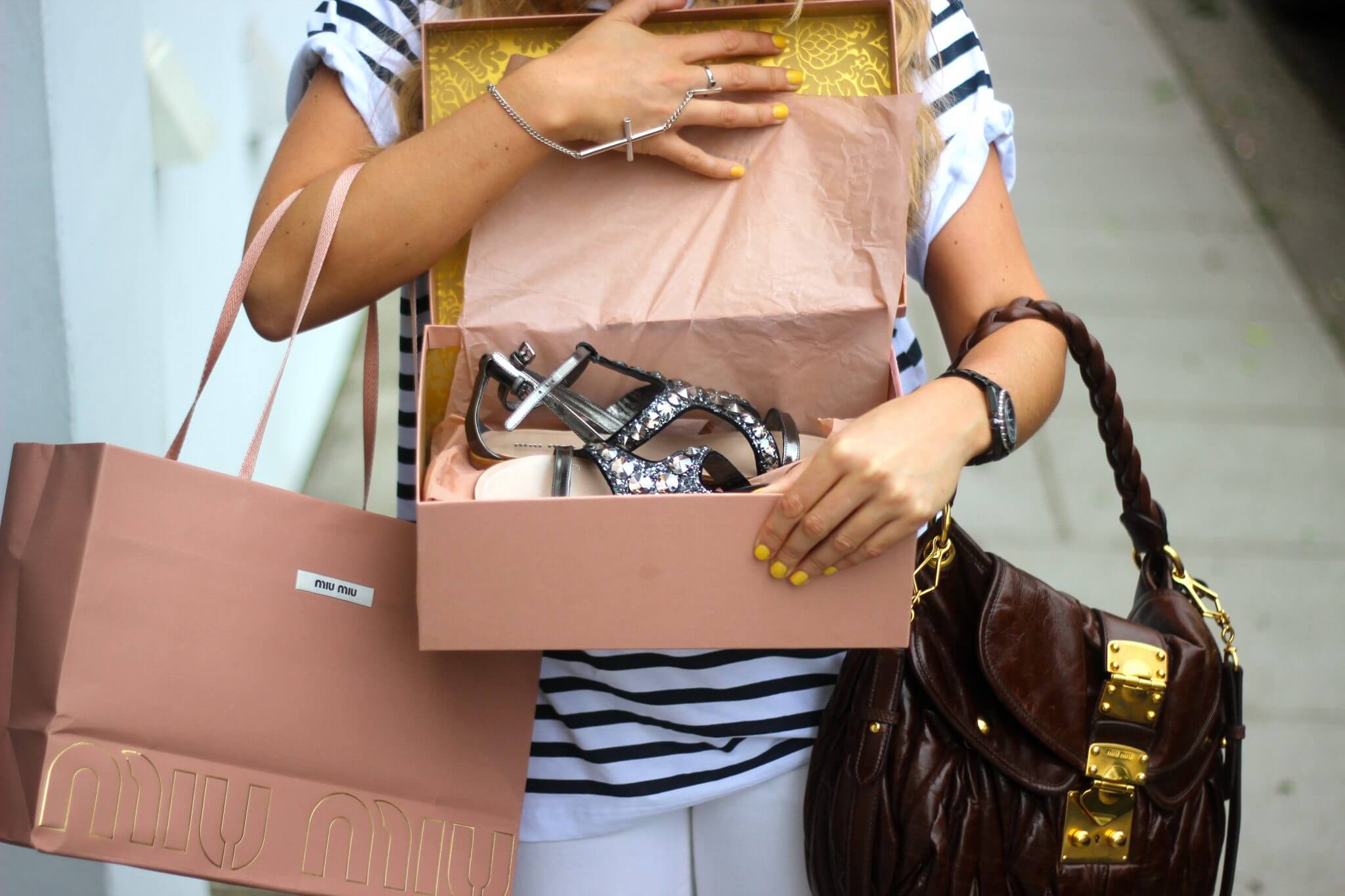
To most, this post would seem reversed as often marketers and indeed most fashionistas will think of how branding can boost sales, with little thought of how to optimize the experience post sale. At the point of sale a consumer has the most detailed involvement with a brand, more so than an interaction via social media or even communication by phone or email. This is the point where the brand breaks the emotional threshold and creates a physical experience (transaction) with the consumer. However, this is not the end of the customer cycle and not even the completion of the purchase process (unless the consumer has already received the product). The Holy Grail of fashion is repeat business, so branding after the initial purchase is essential to increase repeat activity, encourage advocacy or sustained engagement and potentially generate new business. So how are small fashion businesses able to positively brand themselves not only during, but post-purchase?
Email Marketing
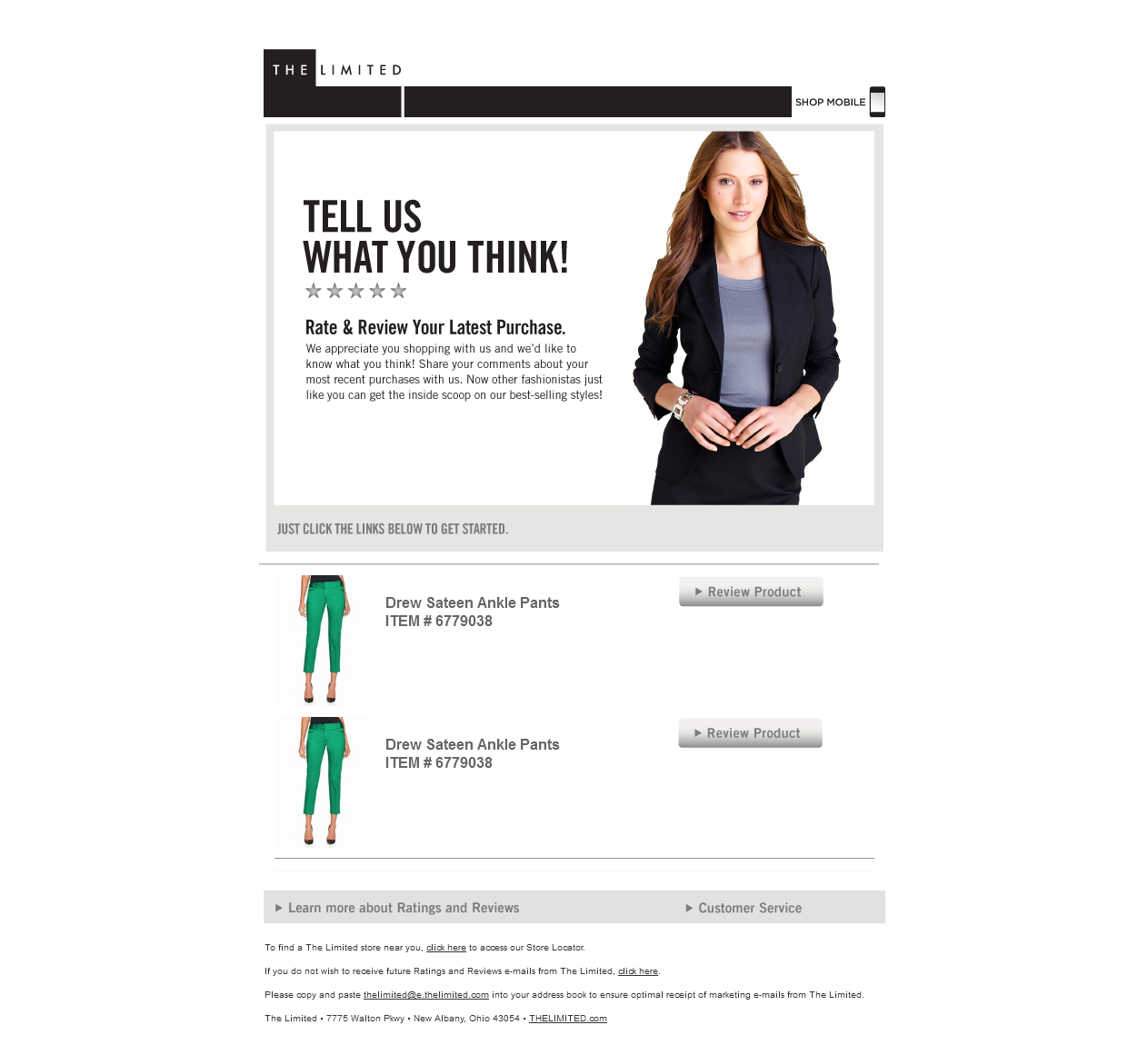
Photo Credit: Suki Writes
Email communication is the most commonplace with previous customers and one of the easiest methods to continue branding, as the customer’s interest will already be guaranteed, as they track their package and await final confirmation emails for shipping and other transactional details. While it’s not wise to send brand related emails prior to the customer receiving the product, tying branding into the final transaction email or waiting until a reasonable period has passed when the consumer has received and already used / worn the product is advised.
For example, when a customer purchases a new dress from your SS16 collection, it could be a great time to prompt them to follow on social media and give them a glimpse of great content and cool images of other dresses. Another consideration for a site that has a large amount of products would be to encourage a customer to leave a review of the shoes they have purchased, which can be covered into a branded testimonial. Another idea is to consider a secondary upsell by allowing that customer to see related items or items that other users have purchased as well after purchasing that item.
Social Media
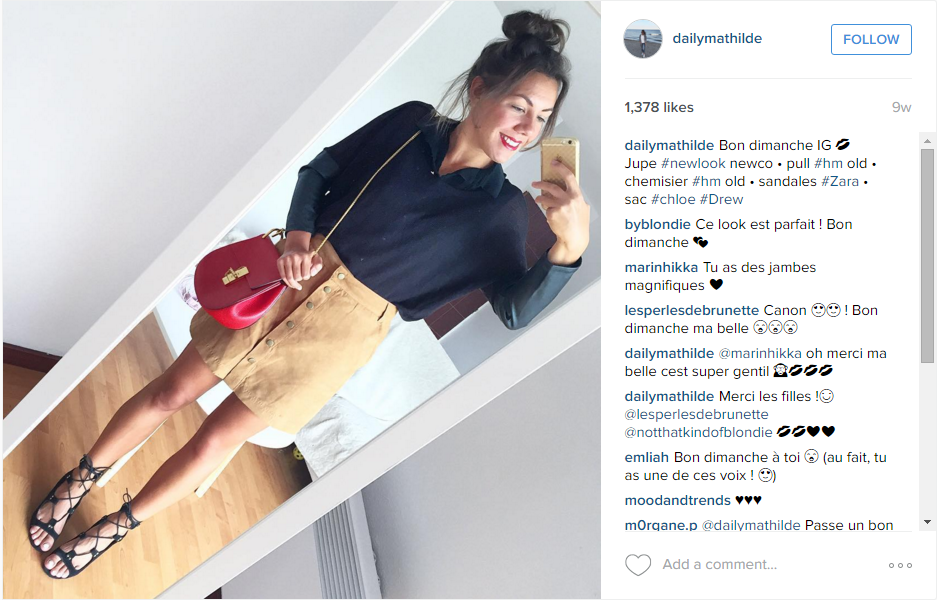
Photo Credit: leportraitdemathilde.com
While email is definitely a great way to engage with customers post-purchase, don’t discount the value of social media in adding greater value to the purchase or even reducing post-purchase hesitation, especially for transactions that take longer than the norm to occur. The great thing is that social media engagement can occur via email or if your system has captured that data via social media ( smart email systems like Mailchimp sometimes capture this as well as CRMs like Nimble ).
Using email, it would be easiest to request that users post a picture after reviewing and trying on the garment, which serves as a social signal and assists with helping that consumer validate her purchase. After all, if her friends think the dress looks amazing, she is much less likely to return it. This provides an opportunity for your brand to repost that image or being proactive, you can mention certain followers that have purchased the item recently and leverage that in your promotion as a kind of social proof.
Remarketing / Advertising
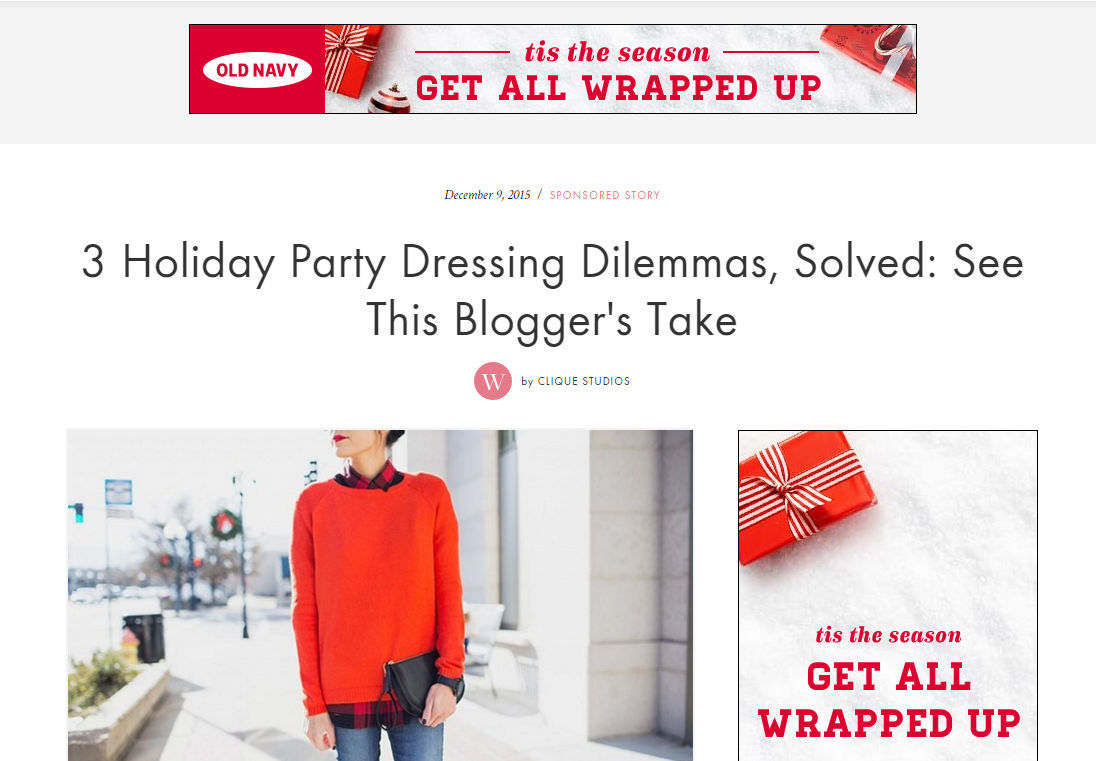
Remarketing to customers who made specific purchases has a technical ease and element of class, as it doesn’t directly implore the customer to take action, but does have a certain level of ubiquity to it. This is because customers can be grouped based on purchase item, a romper versus a blazer for example and remarketed to with upsells or complimentary items in parallel. Remarketing even affords the ability to rotate ads, reduce showing ads at a certain time ( for example during the workday ) or limit the length of time these ads are shown ( for example only 15 days after purchase ). This level of control allows for remarketing to be an extremely effective tool for small businesses to capture a consumer post-sale. Due to cookie level or basically user level tracking, a high spending customer can be shown a very different set of messaging than for example a customer that has just made her first purchase.
Remarketing allows for extreme flexibility in targeting a customer post-sale, making it the perfect element for branding after a sale, but also driving repeat action and greater residual sales volume. Our team looks at remarketing as a strong tool for brands that have a certain amount of sales. Video remarketing is also a possibility through platforms such as Youtube, so if your consumer base is one that frequents or is known to heavily utilize video platforms, video remarketing is an excellent tool.
Promotional Inserts
Including a small insert in the package is an easy way to spur direct action and increase branding. This insert can be a coupon, a really brief newsletter or brochure, a postcard with a call to action for social media, a personal handwritten thank you note, a free gift item or much more. Creativity is the key here, because the more shareable and unique the insert is, the more likely it will encourage the customer to take another action such as sharing the insert on their social channels ( which acts as free promotion ) or signing up for your VIP newsletter.
Whatever the desired action, promotional inserts serve as a great way to further branding and provide a surprising personal touch to any transaction. Done correctly, it’s scalable as well.
Personalized Shopping Experience
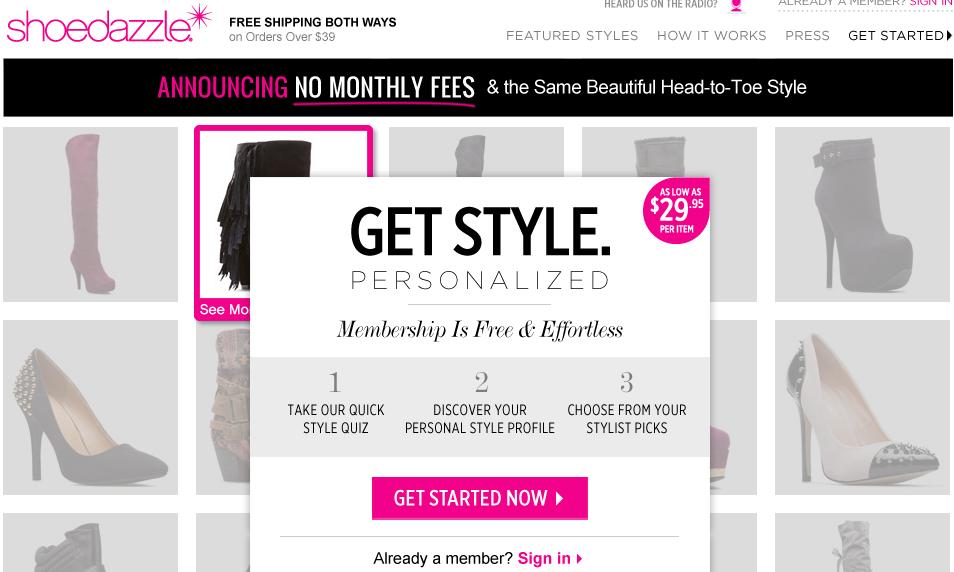
Photo Credit: Funnelholic
Customizing a web experience can be difficult for small businesses as it requires an enterprise level scripting system that dynamically creates landing pages. However, platforms such as Optimizely and UnBounce can make this much easier for the fashion entrepreneur. While the technical prowess required is definitely decreasing, this is still a much more difficult implementation. Amazon and eBay use personalization to a great effect, ensuring that visitors are only exposed to items they have previously seen interest in searching for or previously purchased.
Taking it a step further, fashion brands can optimize or personalize a visitor’s experience based on their purchase behaviour. While the grouping based on previous purchases or similar items is a great start ( and indeed far more than the average brand ), why not group by purchase traits? For example, if a consumer takes a very long time to convert, why not show them products that have the greatest number of reviews or other product or social testimony to reduce friction. If a user likes to add quite a few products to the cart, but purchases very few, why not present them with items that can be bundled or worn together to increase average order value. For users that never seem to look at more than a few products, why not show them related items or completely new items rather than what they have purchased before?
Personalization is about more than just optimizing to increase the likelihood of purchase. Its a great branding tool to present new collections, related items and encourage upsells and cross-sells as much as possible. Furthermore, while personalization of websites is difficult, personalization through emails, social media, remarketing and even inserts is much less so due to more robust targeting options.
Get Busy Media has some great examples of how larger brands are personalizing their shopping experience, although these are mostly pre-purchase.
Featured Image: Chouquette